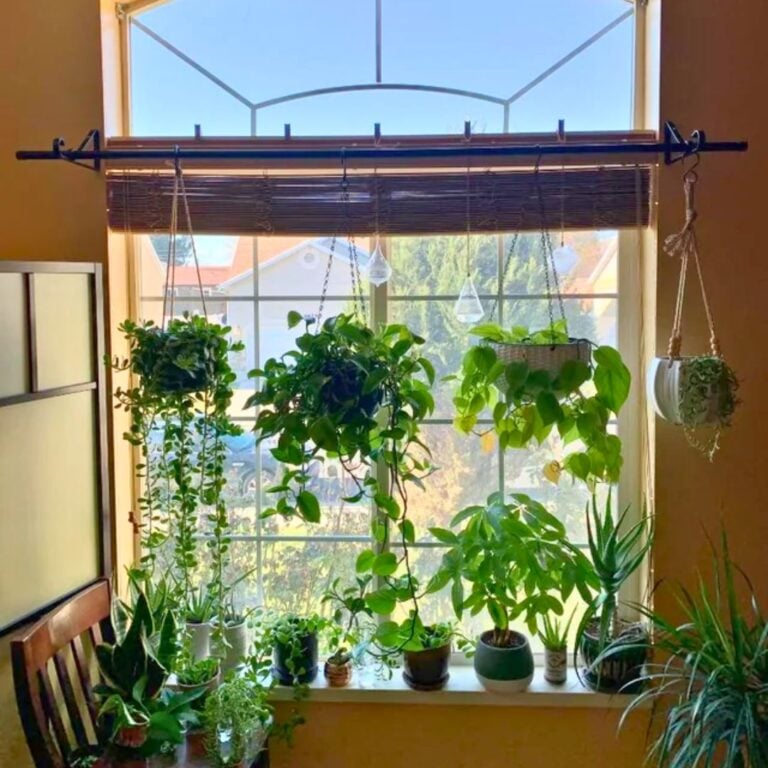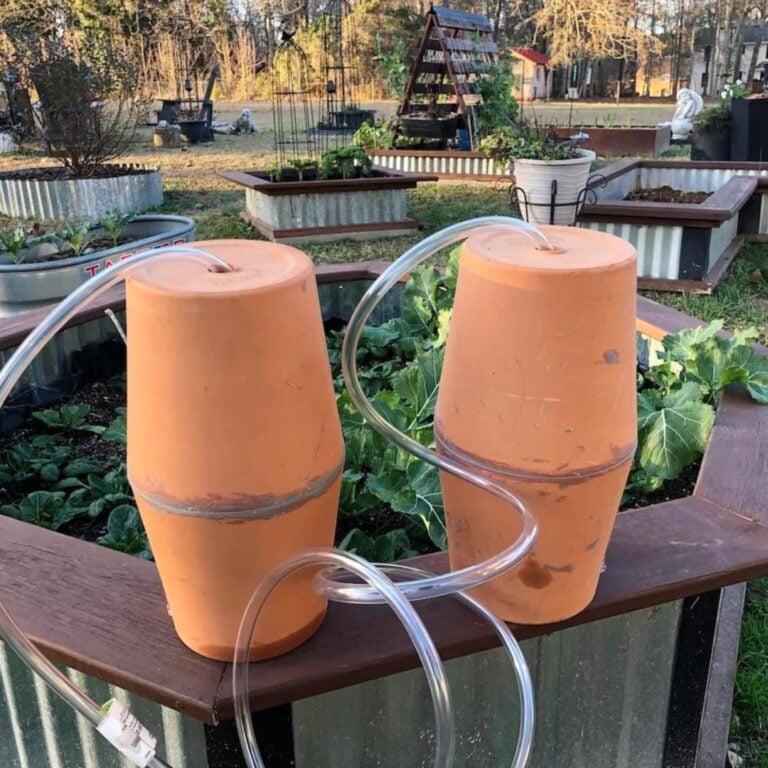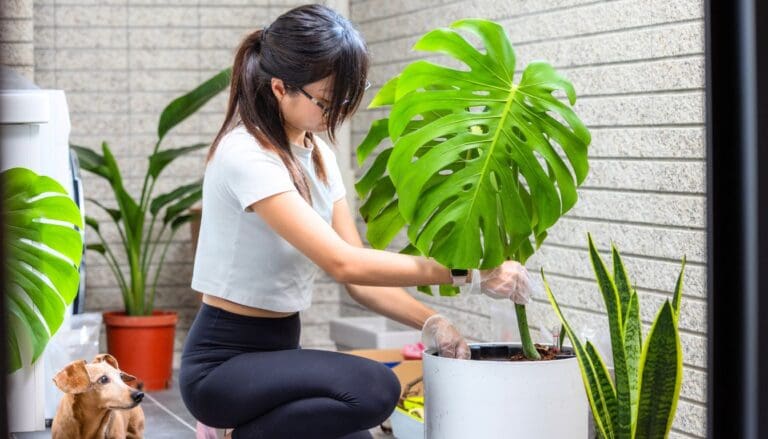5 Mistakes That Kill Plants When Heaters Turn On!
When the cold weather hits, I always end up cranking my heater just to stay cozy.
But honestly, it didn’t take long for me to notice my plants looking sad and droopy once the heat started blasting.
Turns out, using heaters can introduce common mistakes that make it tough for houseplants to thrive indoors.
Keeping plants healthy in the chilly months is totally doable, but only if I avoid these surprisingly easy pitfalls.
Please note: Simplify Plants is reader-supported. As an Amazon Associate, I earn from qualifying purchases made by our readers with no extra cost added to you all! Some links in the post are affiliate links and I get a commission from purchases made through links in the post.
1) Placing plants too close to the heater
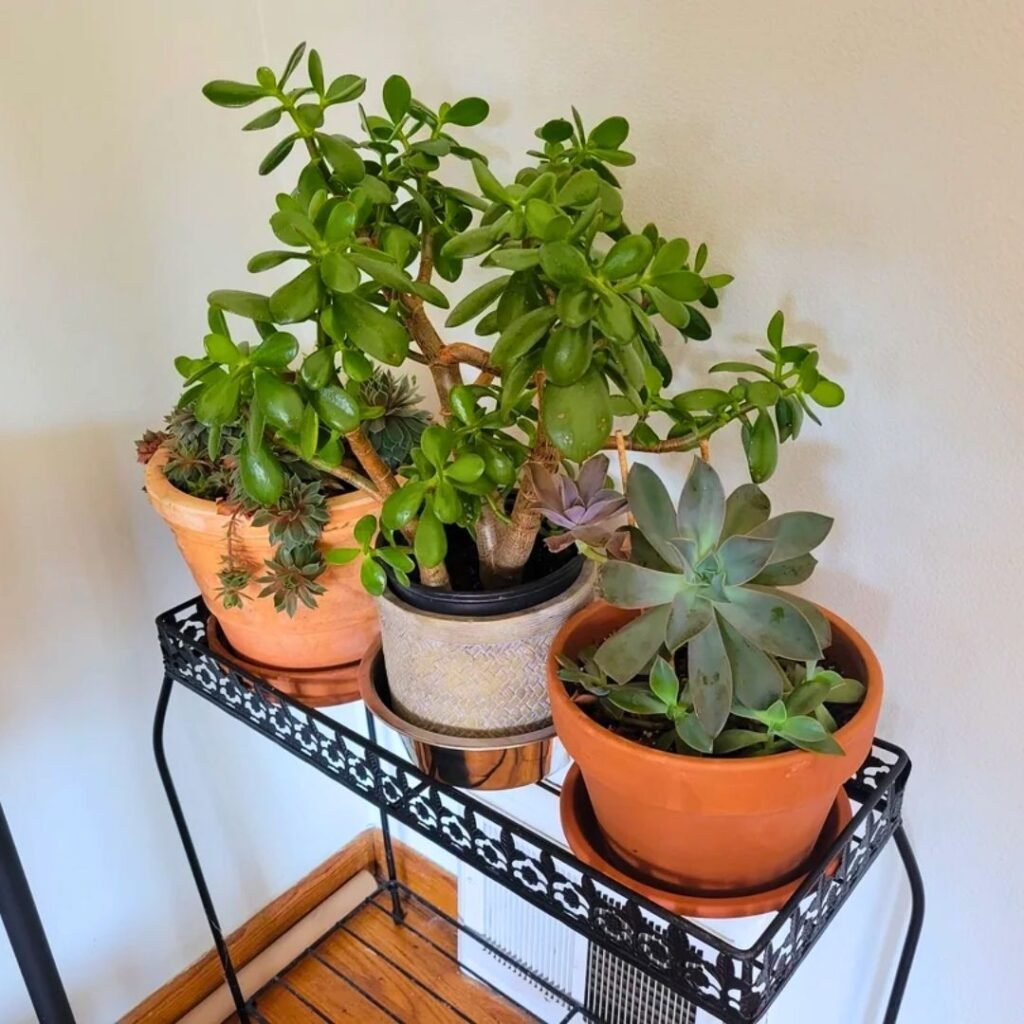
I’ve realized that heaters can seriously dry out the air around them. When I put my plants right up next to the heater, their leaves start turning brown or curling up.
Heat and dry air just suck moisture from both leaves and soil. Sometimes it’s easy to forget how toasty it gets near a heater.
If I sit close, I feel it right away—so my plants must “feel” it too, right? That extra heat can almost “cook” plant foliage, making it dry and crispy.
At first, I thought keeping plants near the heater would help them stay warm. But the soil dried out fast, and my plants always looked thirsty.
Sudden temperature swings every time the heater flips on or off can also shock my plants. They seem to prefer steady temps, not blasts of hot air.
Now, I always keep my plants away from direct heat. Just moving them a few feet away keeps them safer and happier.
Even a small shift makes a big difference for their leaves and soil moisture.
If I can’t move a plant far enough, I’ll just put something in between, like a table or even a big book. It helps block some of the dry, hot air.
I check the soil more often during winter, just to see if they need extra water. It’s been a good reminder that plants don’t want to be hot or dry.
If I wouldn’t want to sit right in front of my heater all day, I probably shouldn’t put my plants there either.
Being mindful of my plant placement has really kept my indoor jungle looking good, even with the heater running. A little distance goes a long way for happy plants.
2) Ignoring the drop in humidity

Whenever I turn on my heater, the air in my place feels a lot drier. Heaters just suck the moisture right out, and the humidity drops fast.
Most of my houseplants love a bit of moisture in the air. When it gets too dry, I see brown tips or wilting leaves.
Dry air makes it hard for plants to take in water through their leaves. If I ignore this drop in humidity, my plants just don’t grow well.
Some, like ferns and peace lilies, seem especially cranky in dry air. They really need extra care to stay happy during winter.
To help out, I use a little humidifier or set a tray of water near the heater. Grouping my plants together helps keep the air around them a bit more humid.
Even this tiny step makes a noticeable difference. Sometimes I’ll mist the leaves, but I try not to overdo it.
Too much misting can cause its own mess. I just watch how my plants look and feel, and adjust if they seem dry.
It’s a super easy mistake to forget about humidity, but it’s also easy to fix. I keep an eye out for crispy leaves, slow growth, or drooping.
Catching these early helps my plants stay healthy all winter.
3) Using cold water for watering

I used to think water was water for my plants. But I found out that cold water can actually shock roots—especially when the house is warm from the heater.
Pouring cold water into the soil drops the temperature around the roots. That sudden chill can slow growth or even damage sensitive houseplants.
Roots do best when the water is close to room temperature. I try to use water that feels just a bit cool or even slightly warm to my touch.
If it feels cold, I let it sit out until it’s closer to room temp. Cold water can make the soil too cool, and sometimes I see droopy plants or yellowing leaves.
Letting the water warm up before watering has really helped my plants look fresher. I usually fill my watering can and just let it sit for a bit.
It’s a small habit, but it makes a big difference during heater season.
4) Skipping leaf misting

When my heater comes on, the air inside gets drier. Dry air can really stress out my plants, especially the ones that love humidity.
If I skip misting their leaves, I notice brown, crispy edges or curling leaves. Sometimes they even drop leaves early.
Regular misting keeps leaves moist and healthy. I just fill a spray bottle and lightly mist the leaves every few days.
It’s a quick way to add humidity right where my plants need it. If I forget, some plants like ferns and calatheas start looking sad in no time.
Even tougher plants don’t always grow as well without enough moisture. I like to mist in the morning so leaves dry out by evening, which helps avoid mold.
Misting isn’t the only trick, but it’s a fast fix that works. I try to make it part of my winter routine.
5) Not adjusting watering frequency
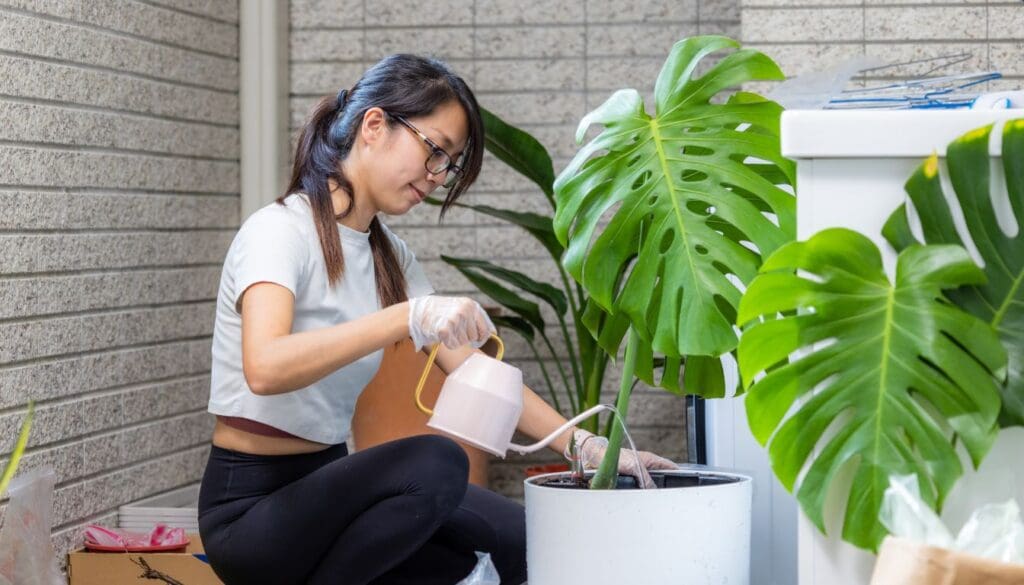
When the heater kicks on, things change for my plants. Heaters dry out the air, and that can make soil dry out way faster.
I have to check my plants’ soil more often in winter. It’s easy to forget and just water like I do the rest of the year, but that doesn’t always work.
I stick my finger in the soil to check for moisture. If it’s dry about an inch down, time to water. If it’s still damp, I wait.
Dry air might mean watering more often, but I’m careful not to go overboard. Succulents, for example, still don’t want too much water.
I keep an eye out for drooping leaves or crispy edges—usually a sign they’re thirsty. If leaves are yellow and soft, I might be watering too much.
My watering schedule stays flexible. Every plant is a bit different, and heaters affect them in their own ways.
Adjusting how often I water really helps my plants handle dry winter air.
Understanding How Indoor Heaters Affect Plant Health
I see big changes in my houseplants when the heater’s on. The air dries out, temps jump, and my plants react fast.
The Science Behind Dry Air and Temperature Changes
When I use the heater, the air loses moisture in a hurry. Heated air holds less humidity, so it just pulls water from soil and leaves.
Dry air can really zap moisture from both. Some plants, like ferns and calatheas, need high humidity just to survive.
Room temperatures can also swing sharply. Sudden heat stresses plants, especially those that like steady or cooler climates.
Extreme temperature swings can shock roots and leaves. I’ll see wilting or curling leaves when the room’s too hot or dry.
Some plants even drop leaves to save energy. Warm, dry air can attract pests like spider mites too.
That’s why I keep a close eye on my plants as soon as the heater starts running.
Common Signs of Plant Stress During Heating Season
First thing I notice? Brown tips or edges on the leaves. That usually means there isn’t enough humidity.
Wilting and sudden leaf drop are other signs something’s off. Sometimes I see yellow leaves or droopy stems—often due to uneven watering since heated rooms dry soil out faster.
Crispy leaves or fragile stems are other clues. These signs tell me my plants are struggling with dry air or sudden warmth.
Here’s a quick list I use to spot problems:
- Brown or yellow leaf tips
- Droopy or wilting leaves
- Leaf drop
- Crispy leaves
- Fragile stems
If I catch these early, I can tweak my care and keep my plants healthy all winter.
Effective Solutions to Protect Plants From Indoor Heating
I notice my plants drying out or dropping leaves when the heater’s on. Keeping plants happy means changing my care routine, especially with watering and humidity.
Adjusting Watering Routines for Seasonal Changes
Plants need different care in winter, especially with heaters blasting. The air gets much drier, so soil dries out faster.
I check the soil by sticking my finger an inch deep. If it’s dry, I water. If not, I wait.
I watch for drooping or crispy leaves—both mean they need more water. Watering in the morning helps roots soak it up before the house warms up.
I avoid letting plants sit in water, since that can cause root rot.
Here’s a simple cheat sheet I use:
| Sign | What To Do |
|---|---|
| Dry soil | Water the plant |
| Wilting or drooping | Check and water |
| Mushy stems | Water less, improve drainage |
Changing how much and how often I water makes winter way easier for my plants.
Using Humidity to Support Healthy Growth
Heaters pull moisture from the air, and my plants definitely notice. Low humidity can cause leaf edges to brown or curl.
I group my plants together to make a mini humidity zone. A spray bottle helps me mist plants a couple times a week, especially ferns and tropicals.
Sometimes I set a tray of water and pebbles under pots (without letting roots sit in water). For delicate plants, I’ll run a small humidifier nearby.
Even a little more moisture perks up my plants. I watch leaf color and texture to know when to add humidity.
Frequently Asked Questions
When I use heaters indoors, my plants need a little extra attention. Dry air, heat, and watering changes can create problems if I’m not careful.
How often should I water my plants during the colder months with indoor heating?
I check the soil often because heaters dry it out faster. I water when the top 1-2 inches are dry, but I make sure not to overdo it—roots really don’t like soggy soil.
What are common signs of heat stress in houseplants?
Leaves that droop, curl, turn brown at the edges, or just look dry are red flags for me. Sometimes, my plants lose leaves if they’re too close to the heater.
Can indoor heating affect the humidity level for my plants, and how do I adjust for it?
Indoor heating definitely lowers humidity. I’ve noticed my plants sometimes look a bit wilted or even crispy when the heat’s running.
To help them out, I’ll usually plug in a humidifier, mist the leaves now and then, or just set a tray of water nearby—anything to get a little more moisture in the air.
Are there specific plants that are more sensitive to dry, heated air?
Oh, for sure. Plants like ferns, calatheas, and peace lilies seem to struggle the most.
They’re pretty picky about humidity and really don’t like being close to heaters.
What’s the best way to position my plants away from heaters?
I try to keep my plants at least three feet from heaters, vents, or radiators.
And I make sure they’re not sitting right in the path of any airflow, since that just dries them out even faster.
How can I ensure proper ventilation for my plants when the central heating is on?
I usually crack open a window for a few minutes each day, even when it’s chilly outside. That way, my plants get a bit of fresh air but aren’t blasted by freezing drafts.
Honestly, good airflow just seems to make a big difference for their health. It’s a little thing, but I’ve noticed my plants look happier when I remember to do it.
Recommended Garden Supplies
| Product Image | Our Recommended Gardening Supplies | Check Offers! |
|---|---|---|
Top Top
Top
Top
Top
Top
Top
Top
Top | rePotme Houseplant and Tropical Classic Potting Soil Mix | Check Offer On Amazon |
 Top
Top
Top
Top
Top
Top
Top
Top | Espoma Organic Indoor Plant Food | Check Offer On Amazon |
 Top
Top
Top
Top
Top
Top
Top
Top | GooingTop LED Grow Light 6000K Full Spectrum Clip Plant Growing Lamp | Check Offer On Amazon |
 Top
Top
Top
Top
Top
Top
Top
Top | Soil Moisture Meter | Check Offer On Amazon |
 Top
Top
Top
Top
Top
Top
Top
Top | Govee Hygrometer Thermometer, Bluetooth Enabled! | Check Offer On Amazon |
 Top
Top | LEVOIT Humidifiers for Large Room(Best For Plants) | Check Offer On Amazon |
 Top
Top
Top
Top
Top
Top
Top
Top | Upgraded DIY Automatic Drip Irrigation Kit, 15 Potted Houseplants Support | Check Offer On Amazon |
 Top
Top
Top
Top
Top
Top
Top
Top | Stainless Steel Heavy Duty Gardening Tool Set | Check Offer On Amazon |
 Top
Top
Top
Top
Top
Top
Top
Top | Bonide Insecticidal Soap | Check Offer On Amazon |
 Top
Top
Top
Top
Top
Top
Top
Top | Bonide 32 oz Spray Neem Oil for Organic Gardening | Check Offer On Amazon |
 Top
Top
Top
Top
Top
Top
Top
Top | Garden Safe Fungicide | Check Offer On Amazon |

